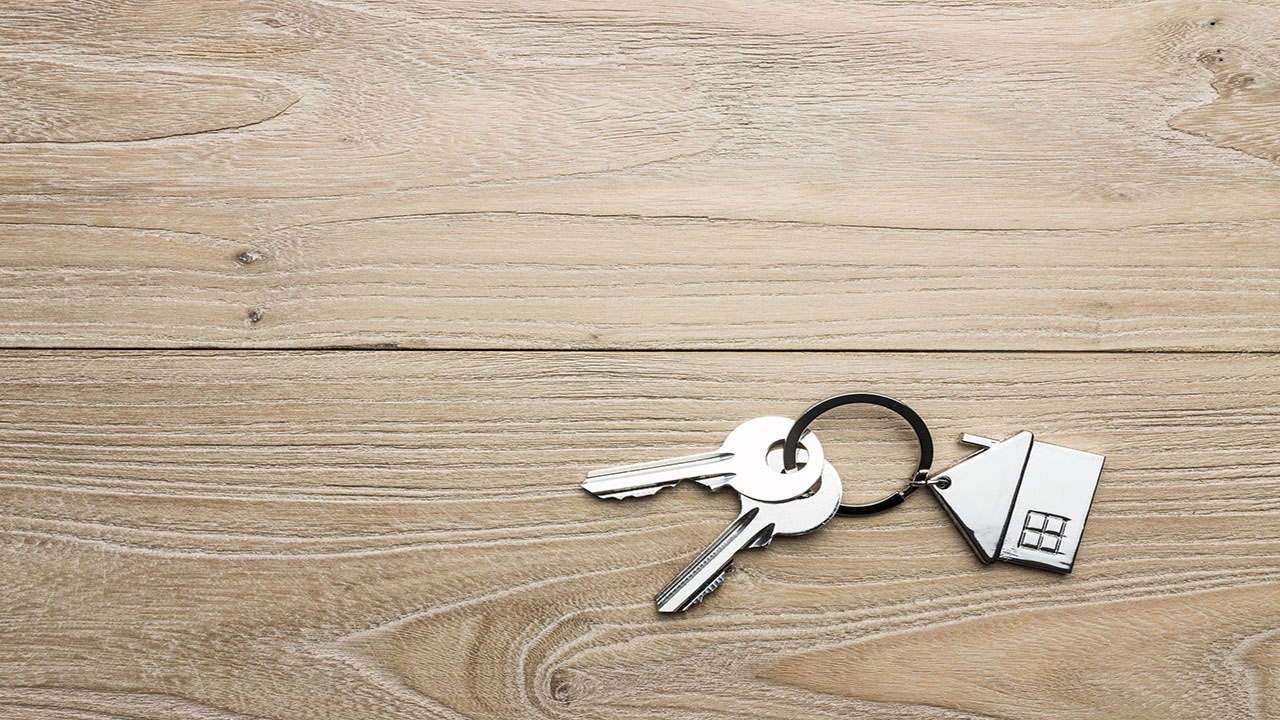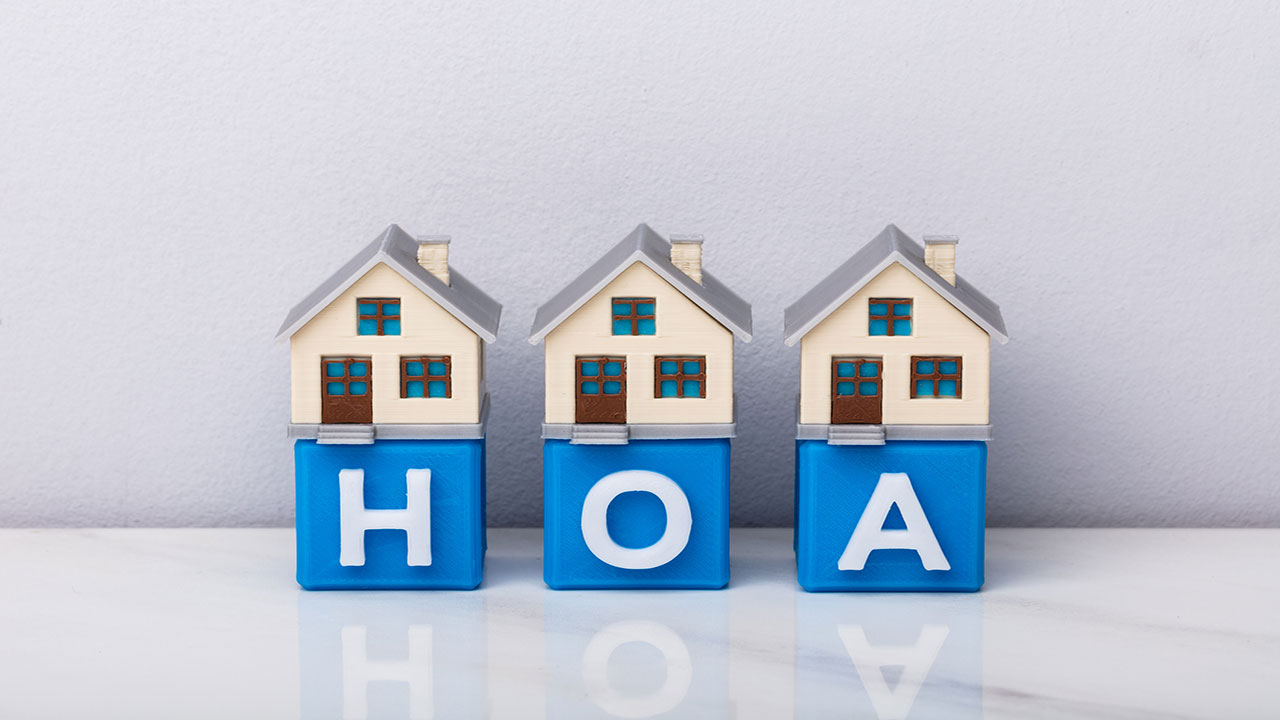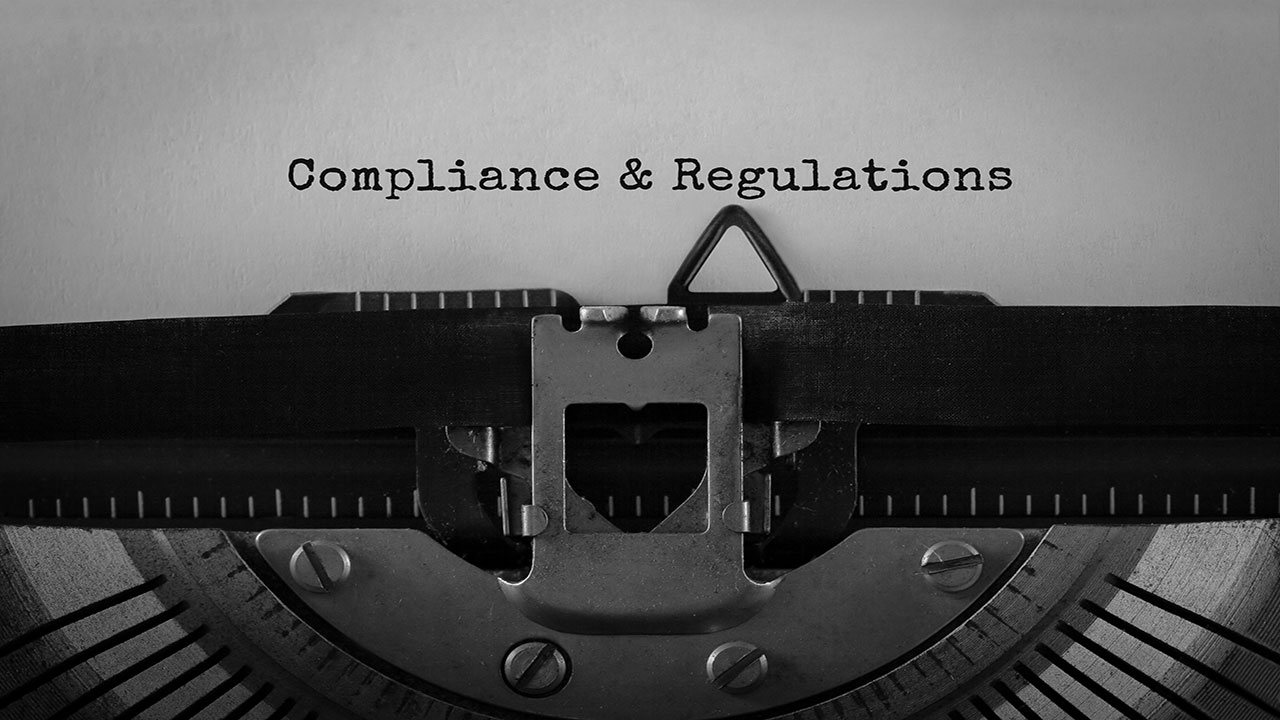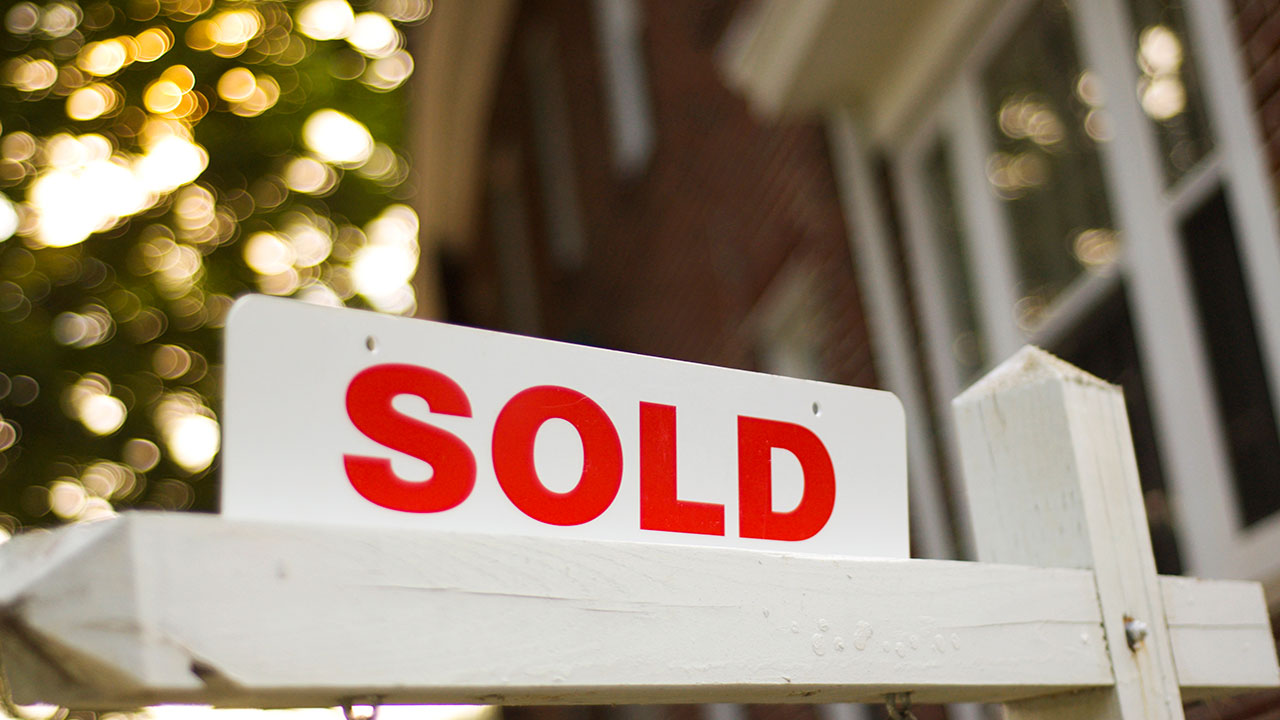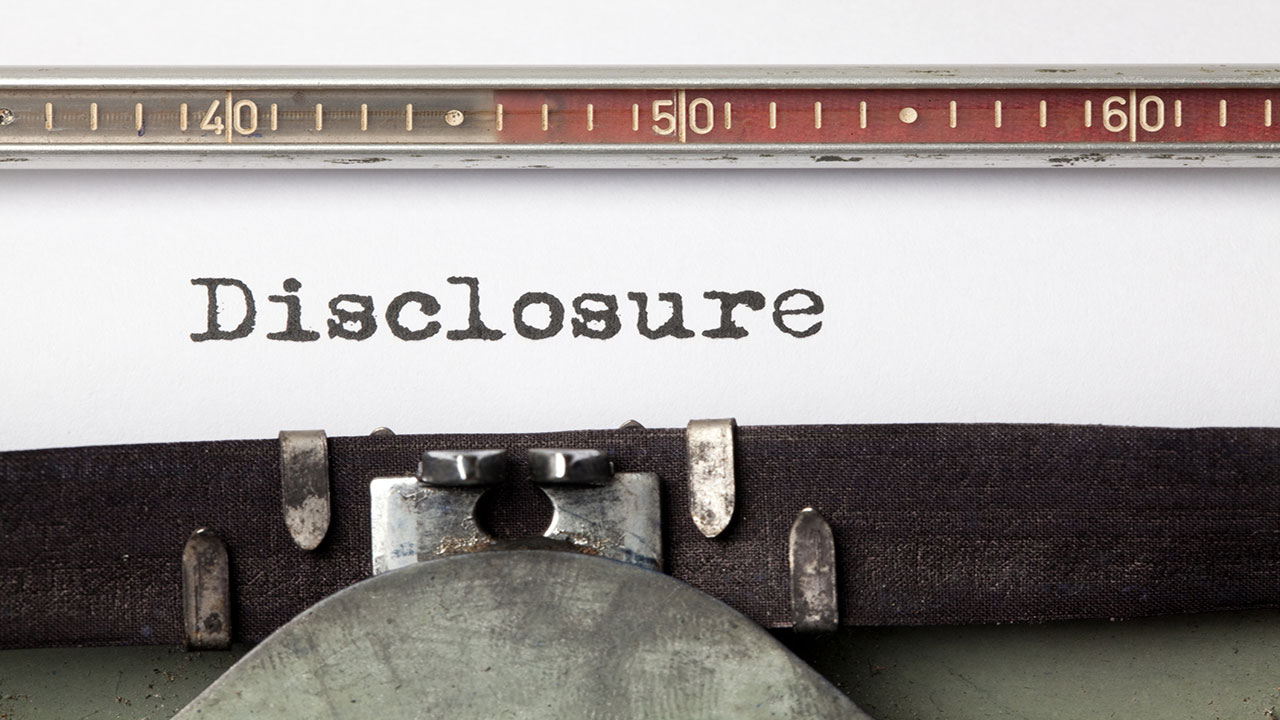7 Tips to Stage Your Home For the Holidays

During the holidays, it’s hard for homeowners to resist adorning their homes in festive decor. The garland, wreaths, lights, and holly can bring out the cheer in just about anyone, and many homeowners take full advantage of this season to bring out the best in their homes.
While some homeowners may be subtle in their Christmas decor, others might go way overboard and channel National Lampoon in their choice of holiday decor. But when your home is on the market, choosing your holiday decor wisely is important. Although you want your home to be festive, you also don’t want to turn prospective buyers off.
Here are a few tips to make the most of your holiday decorating while still appealing to the tastes of buyers this season.
1. Be Careful With Curb Appeal

You might have your favorite blow-up Santa lawn ornament or have a tendency to overdo it with Christmas lights, but this holiday season, resist the urge to be too eclectic with your choice in outdoor decor. You want to be festive, but you also don’t want to turn buyers off. What may be aesthetically pleasing to some may be tacky to others.
When it comes to your holiday decor, err on the side of caution. Rather than go crazy with the exterior lights and lawn ornaments, focus on a select few items that will still make your home look festive but in a much more tasteful way. For instance, a few shrubs and trees strung with lights and a lovely wreath hanging on your front door are usually all that’s needed.
2. Go Easy on the Indoors
Just like your exterior, your interior should be just as tasteful when it comes to holiday decorating. The traditional home staging philosophy of “less is more” staging should still ring true during the holiday season, so make sure not to go too overboard with your decorations.
A Christmas tree, garland along the handrail, bowls of holly and pinecones, and vases of silver and gold ornaments aren’t overly invasive, but still bring out the holiday cheer in a home that just about any buyer would appreciate.
3. Go Easy on the Colors

Traditional holiday colors like green, red, silver, and gold are staples during this time of year, but other colors have made their way into holiday decor over the years. These days, it’s not uncommon to see hues of pink, blue, and purple make their way into holiday decor.
While these colors might suit some homes, they don’t necessarily go with the color palette of others. If the color theme of your chosen holiday decor significantly clashes with your home’s year-round decor, you might be doing your home’s esthetics a disservice. Instead, consider every room’s color palette and stick with elements that go with it.
4. Accentuate Your Home’s Positive Features
No matter what time of the year it may be, it’s always important to highlight the positive things about your home. That’s one of the cardinal rules of professional home staging, and it applies even with holiday decor. Whenever possible, use your opportunity to accentuate specific components of your home that buyers would find appealing.
Whether it’s your home’s magnificent fireplace, ornate wainscoting, or a prize hutch in your dining room, you can use your holiday decorations to accent these features. Just be sure not to go so far with your decor that you actually camouflage them and take the attention away from them.
5. Make Good Use of Lighting

Lights are part and parcel of holiday decorating, so you definitely don’t want to leave this element behind this season. And when it comes to home staging, lighting plays a crucial role. Illuminating your entire home is an absolute must.
In fact, it’s generally recommended to leave all lights on – including those in closets and under kitchen cabinets – before you leave the home for a showing to take place so buyers are greeted by a well-lit home. Not only does proper lighting help buyers see what they need to see, it can also be used to put the spotlight on the best features of your home.
6. Avoid Religious Decor
Many religious events are celebrated during the holiday season, but not everyone necessarily shares the same one. While your home is on the market, you should try to avoid leaning towards Hanukkah, Kwanzaa, Christmas, or any other religious event when it comes to your decor. Religion has a unique way of alienating people, and that’s definitely not something you want to do when you’re trying to attract as many buyers as possible.
7. Fill Your Home With Sweet Scents

Apple cider, peppermint, cinnamon, clovers, and gingerbread are all scents that are reminiscent of the holiday season. Light a few scented candles around your home that give off these wonderful aromas to please the sense of smell.
The Bottom Line
The holidays are an interesting time to list and sell your home. With the appropriate decorating strategy and a sound marketing plan, there’s no reason why you can’t give yourself the gift of a successful sale this holiday season.



